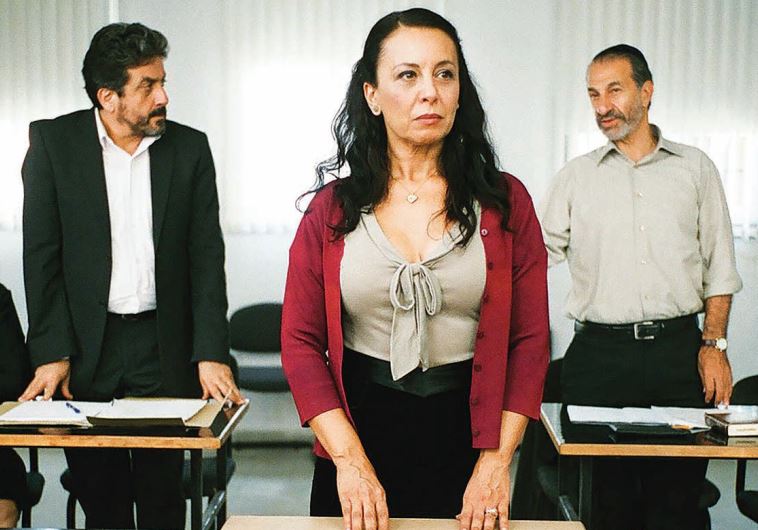The plight of agunot: The pen vs the chains
As halachic prenuptial agreements pick up speed in Israel – and Tzohar publishes its own version – many disagreements remain among activists.
 A scene from ‘Gett: The Trial of Viviane Amsalem.’(photo credit: COURTESY MUSIC BOX FILMS)Updated:
A scene from ‘Gett: The Trial of Viviane Amsalem.’(photo credit: COURTESY MUSIC BOX FILMS)Updated: